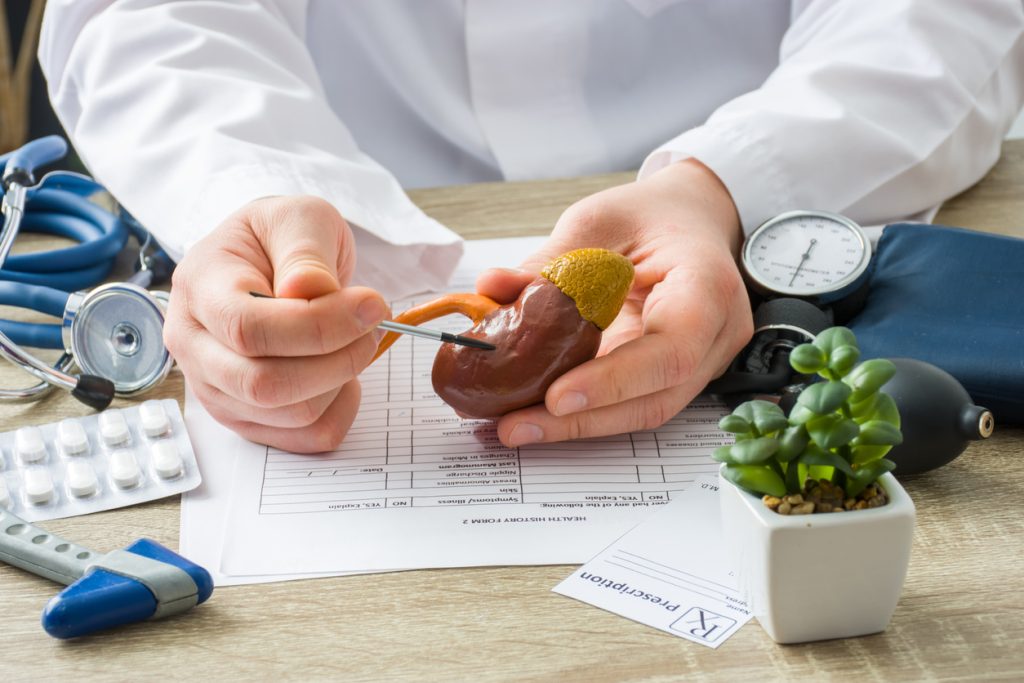It is a well-known fact that healthy individuals can safely donate a kidney, and most of them return to a normal and healthy lifestyle after the procedure. On the other hand, like any other type of surgery, kidney donation has some risks attached to it both in the short term and long term. Here is the outline of what can be anticipated prior to the date of surgery, on the date of surgery, and after the surgery concerning the donation of kidney:

Informed Consent: Donors are educated about the risks, advantages and the long-term effects, if any, of kidney donation.
In addition to anesthesia, infection and bleeding are common risks with any surgery. Donors are at risk of infection at the incision site or, less commonly, internally, especially as the incision is made near sensitive areas of the abdomen. Bleeding is also a concern during the surgery itself, though surgeons take extensive precautions to control blood loss. In rare cases, there may be internal bleeding that requires additional procedures.
During recovery, it is important to avoid strenuous activities like heavy lifting or intense physical exertion for several weeks. Physical restrictions help the body heal and ensure that the remaining kidney adjusts properly to the increased workload. Though donors are encouraged to resume normal activities after a few weeks, they should take care to ease back into exercise and avoid pushing their bodies too quickly.
Moreover, having one kidney might slightly increase the chances of developing renal complications at old age. Though this appears to be an overall low risk, they may be at risk of renal complications in the presence of high blood pressure, diabetes, or obesity. Prevention of organ impairment and ensuring overall good health can be achieved by such healthy practices as controlling blood pressure, drinking enough fluids, and refraining from unnecessary nephrotoxins.
Physical exercise is healthy and good for you. However, it’s important for someone with only one kidney to be careful and protect it from injury. Some doctors think it is best to avoid contact sports like football, boxing, hockey, soccer, martial arts, or wrestling. Wearing protective gear such as padded vests under clothing can help protect the kidney from injury during sports. This can help lessen the risk, but it won’t take away the risk. Talk to your healthcare provider if you want to join in contact sports.
Living donors generally rate their experience as positive. Different studies indicate that between 80-97% of donors say that in retrospect, they would have still have made the decision to donate.
However, concerns about the recipient’s outcome (as well as the donor’s recovery) can contribute to feelings of anxiety, and may donors report a feeling of “let down” afterwards. Feelings of depression among living donors are not uncommon, even when both donor and recipient are doing well.

Prior to Surgery:
Evaluation: The donors are subjected to medical and psychological assessments to determine their suitability for donation. This usually involves examinations to evaluate kidney function, blood pressure levels, and general health.Informed Consent: Donors are educated about the risks, advantages and the long-term effects, if any, of kidney donation.
Surgical Risks:
Kidney donation, while generally considered safe, does come with the risks associated with any major surgery. During the procedure, there are several potential complications, though they are relatively rare. One significant risk is anesthesia-related. While general anesthesia is typically very safe, there is always a small possibility of allergic reactions, breathing difficulties, or, in extremely rare cases, heart-related complications. To minimize this risk, the medical team thoroughly evaluates the donor’s health before surgery.In addition to anesthesia, infection and bleeding are common risks with any surgery. Donors are at risk of infection at the incision site or, less commonly, internally, especially as the incision is made near sensitive areas of the abdomen. Bleeding is also a concern during the surgery itself, though surgeons take extensive precautions to control blood loss. In rare cases, there may be internal bleeding that requires additional procedures.
After Surgery:
Postoperative recovery typically involves a hospital stay of about 2 to 3 days, depending on the donor’s individual healing process. After leaving the hospital, most donors will continue to recover at home, and the full recovery period usually takes between 6 to 8 weeks. During this time, donors may experience pain or discomfort at the incision site. The pain is generally manageable with medications, and most donors report that the pain significantly decreases after the first few weeks.During recovery, it is important to avoid strenuous activities like heavy lifting or intense physical exertion for several weeks. Physical restrictions help the body heal and ensure that the remaining kidney adjusts properly to the increased workload. Though donors are encouraged to resume normal activities after a few weeks, they should take care to ease back into exercise and avoid pushing their bodies too quickly.
Long-Term Risks:
The ameliorative effects of nephrectomy extend fully to a majority of kidney donors who lead healthy lifestyles. Some over-risks must, nevertheless, be taken into account. After surgical removal of a kidney, the remaining one usually enlarges and performs more than its normal functions. For this reason, most people who undergo kidney removal surgery do not experience difficulty in carrying out their day to day responsibilities. Nevertheless, a few research have, however, suggested that kidney donors may, at some point, lose a small amount of their kidneys functioning capacity. Such changes are quite slow therefore posing little or no threat to the health of the majority of donors, and this calls for regular check of the kidney functions of such individuals through check-ups and blood tests.Moreover, having one kidney might slightly increase the chances of developing renal complications at old age. Though this appears to be an overall low risk, they may be at risk of renal complications in the presence of high blood pressure, diabetes, or obesity. Prevention of organ impairment and ensuring overall good health can be achieved by such healthy practices as controlling blood pressure, drinking enough fluids, and refraining from unnecessary nephrotoxins.
How does living donation affect the donor?
People can live normal lives with only one kidney. As long as the donor is evaluated thoroughly and cleared for donation, he or she can lead a normal life after the surgery. When the kidney is removed, the single normal kidney will increase in size to compensate for the loss of the donated kidney.Physical exercise is healthy and good for you. However, it’s important for someone with only one kidney to be careful and protect it from injury. Some doctors think it is best to avoid contact sports like football, boxing, hockey, soccer, martial arts, or wrestling. Wearing protective gear such as padded vests under clothing can help protect the kidney from injury during sports. This can help lessen the risk, but it won’t take away the risk. Talk to your healthcare provider if you want to join in contact sports.
What can I expect emotionally after donating a kidney?
After donation, living donors often report a wide range of mixed emotions, from joy and relief to anxiety to depression. The process of getting through the evaluation and surgery can be so time-consuming that donors do not always have time to process everything they are feeling. It is normal for these emotions to come to the forefront after the donation and transplant take place.Living donors generally rate their experience as positive. Different studies indicate that between 80-97% of donors say that in retrospect, they would have still have made the decision to donate.
However, concerns about the recipient’s outcome (as well as the donor’s recovery) can contribute to feelings of anxiety, and may donors report a feeling of “let down” afterwards. Feelings of depression among living donors are not uncommon, even when both donor and recipient are doing well.

